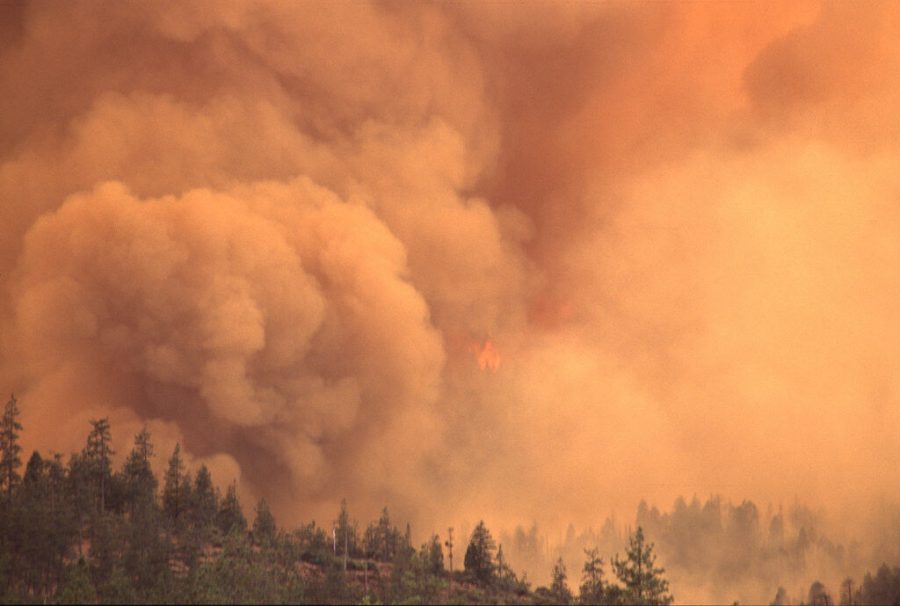It is ‘reckless’ to exclude climate change from discussions on wildfires
September 28, 2020
With around 1 million acres having burned in Oregon alone, and a quarter million Oregonians under some form of an evacuation order, Oregon’s Gov. Kate Brown called the fires a wake up call to climate change during an interview on Sept. 13.
As the west coast is battling record-breaking blazes, people have been considering the role climate change has played in the longevity and intensity in the wildfires. While the fires were not directly caused by climate change, experts have pointed to the fact that the effects of a warming climate in the Pacific Northwest have contributed to the intensity of these wildfires.
According to Philip Mote, vice provost and dean of the graduate school and active member in the Oregon Climate Change Research Institute, the research shows that the climate system has slowly changed over the past few decades.
In a research paper published in 2018, Mote pointed out that over a 60 year period, snowpack had significantly decreased due to the change in climate. Snowpack is a source of water for forests and watersheds. The decrease in snow pack has caused forests to dry out and the fuel for fires increases with these forests drying out.
According to Mote, the drying out of fuels plays an important role for the fires that Oregon is seeing. The Pacific Northwest has had the potential for this type of fire season for years, Mote said.
“We have been really lucky, but this time around we had a three, two, one punch,” Mote said. One, Oregon had really dry fuels; two, the abnormal lightning storm that the west coast experienced; three, powerful east winds that enlarged the fires that were still burning and were started by the lightning strikes, Mote said.
According to Meg Krawchuck, an associate professor for the Department of Forest Ecosystems and Society at OSU, it’s important to include climate change when discussing the recent fires even though it was not the root cause.
According to Krawchuck, climate change is changing the context of ecosystems and contemporary fire and people need to consider the increasing frequency and intensity of dry periods.
While fires are complicated and are the result of many different factors, climate change plays a role in wildfires globally, Krawchuck said via email.
The drier conditions and fuels are resulting in more burning, which is seen by the biggest difference between contemporary and past fires, an increase in areas burned throughout the western United States.
There is no way to attribute climate change as the particular reason that fires happen because there is a wide range of variability such as weather and climate, fuels and ignition. According to Krawchuck, contemporary fires are being influenced by climate change, forest management, fire management/suppression, culture/colonization, invasive species and our human footprint.
“It is reckless to exclude climate change from any conversation about wildfire,” Krawchuck said via email. “Our current fire conundrum is a combination of many features together, including climate change.”
Glenn Howe, associate professor in the Department of Forest Ecosystems and Society at OSU and director of the Pacific Northwest Tree Improvement Research Cooperative, said the west coast has dry summers, but with the changing climate, there has been increased droughts and less snowpack—lengthening fire season and increasing ignition probability.
There are ways to reduce fire risk in the short term such as forest thinning, which is reducing the density of trees and clearing the brush under the trees but this is expensive, Howe said.
In the long term, with the changing climate, forest management is looking at helping the forests survive the changing climates through management practices such as natural regenerating, the process of ‘restocking’ forests with trees naturally, and protecting species that would survive, Howe said.
“The big challenge… is that if you go from place to place, if you go from California to Oregon to Washington, or if you go from the Pacific Ocean to inland you see different types of forests,” Howe said.
Using forest management to mitigate fire risk is becoming increasingly common as dry seasons increase. One way to mitigate this risk, according to Howe, is prescribed fires—which are fires intentionally set in order to reduce forest fuels.







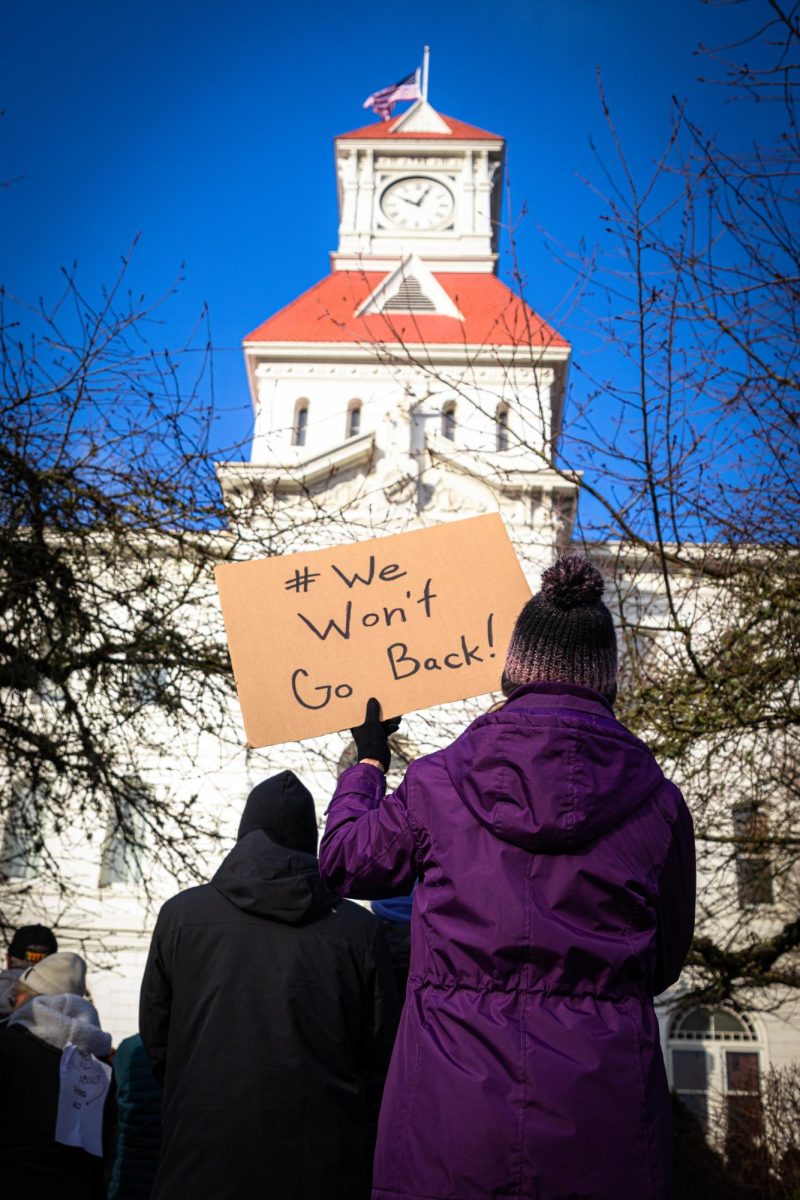

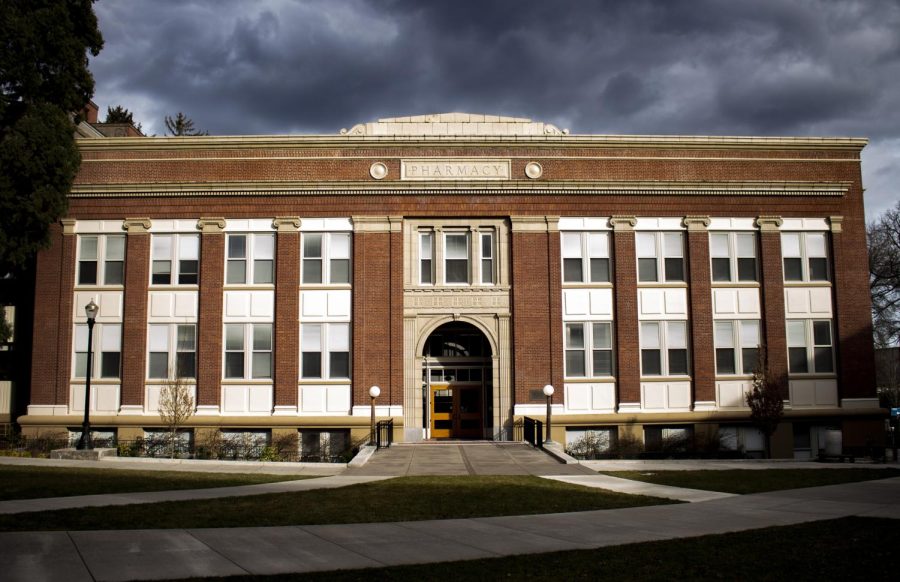

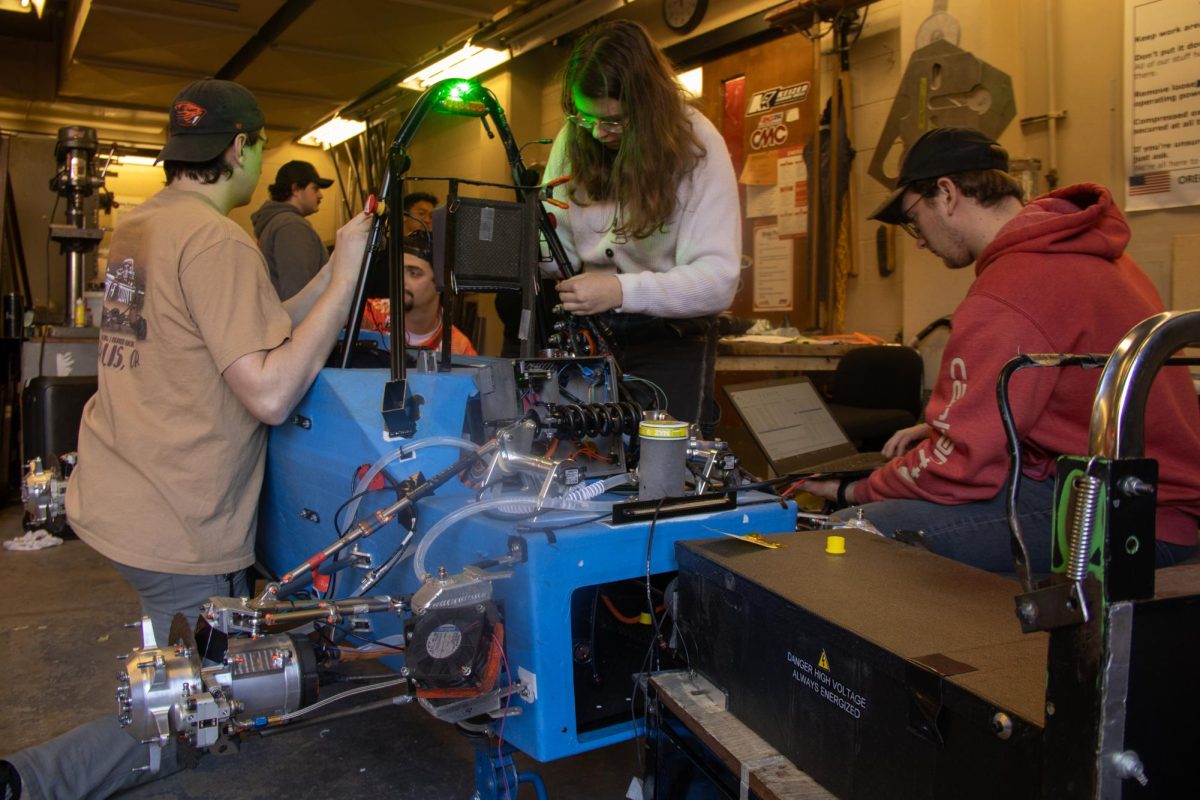




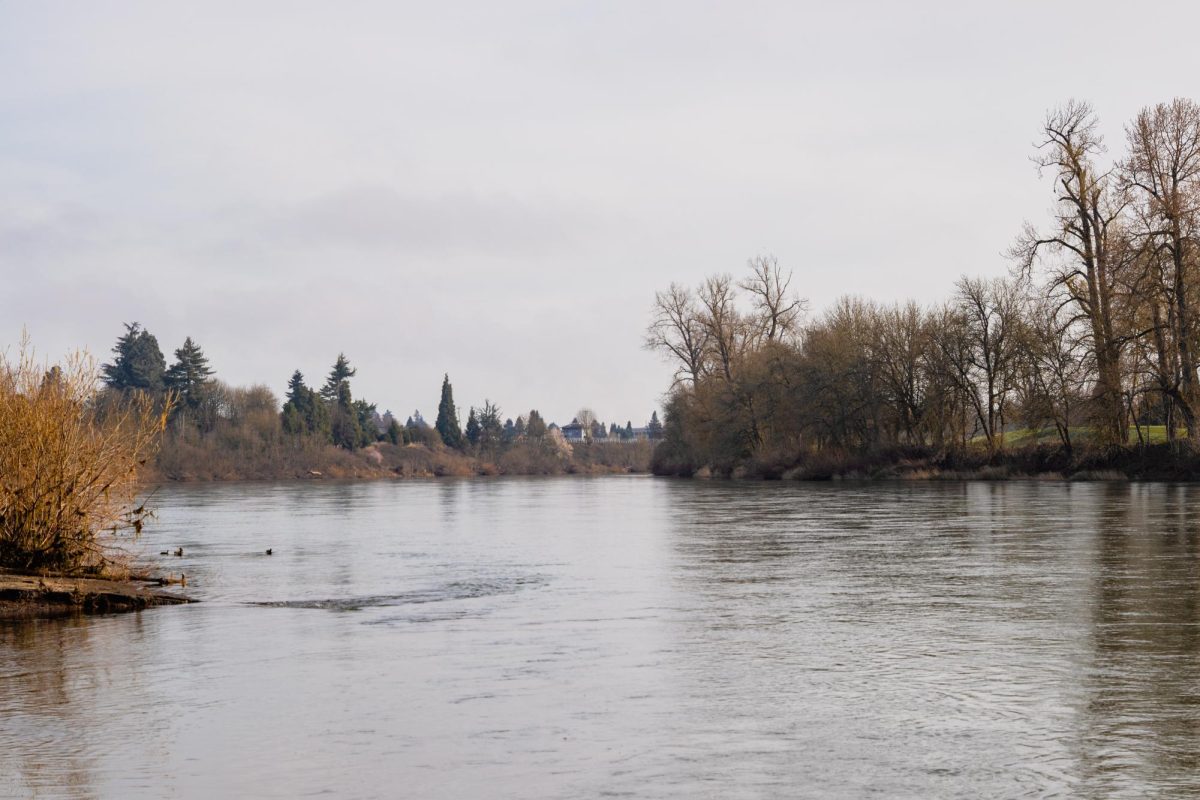


































































![Newspaper clipping from February 25, 1970 in the Daily Barometer showing an article written by Bob Allen, past Barometer Editor. This article was written to spotlight both the student body’s lack of participation with student government at the time in conjunction with their class representatives response. [It’s important to note ASOSU was not structured identically to today’s standards, likely having a president on behalf of each class work together as one entity as opposed to one president representing all classes.]](https://dailybaro.orangemedianetwork.com/wp-content/uploads/2025/03/Screenshot-2025-03-12-1.00.42-PM-e1741811160853.png)























